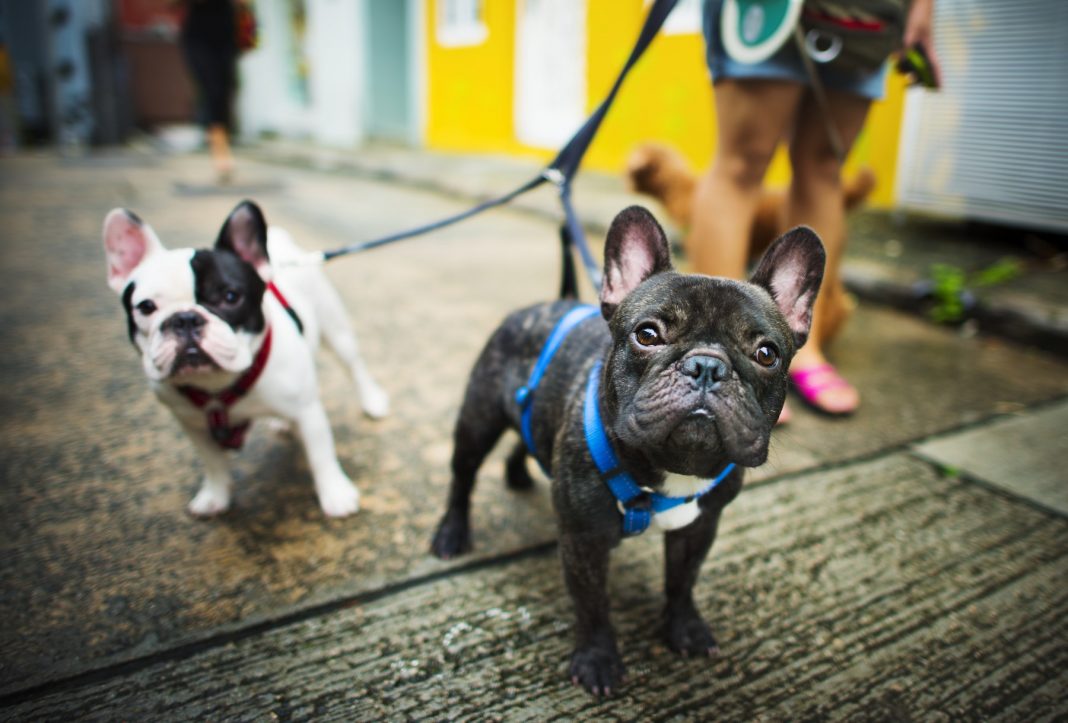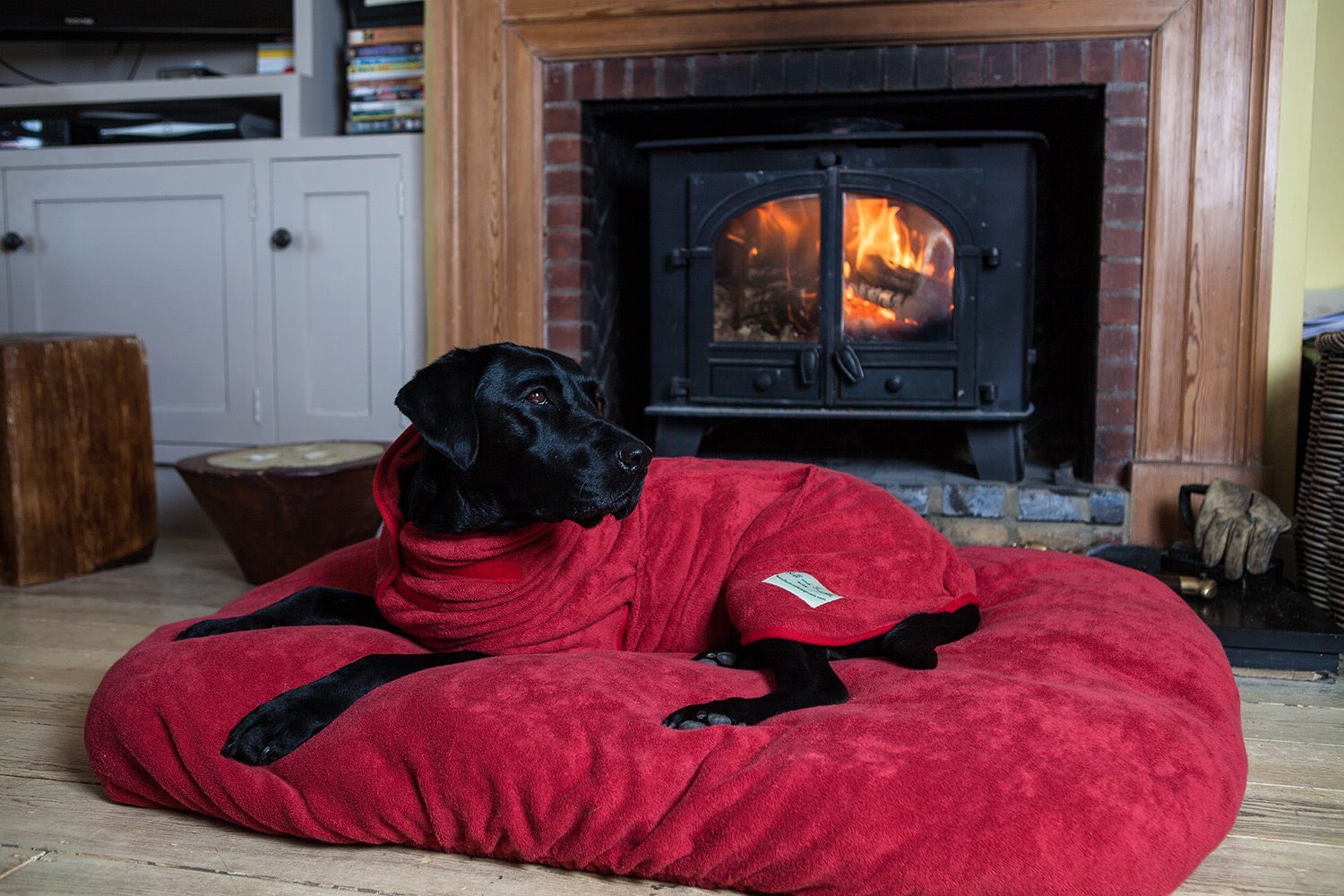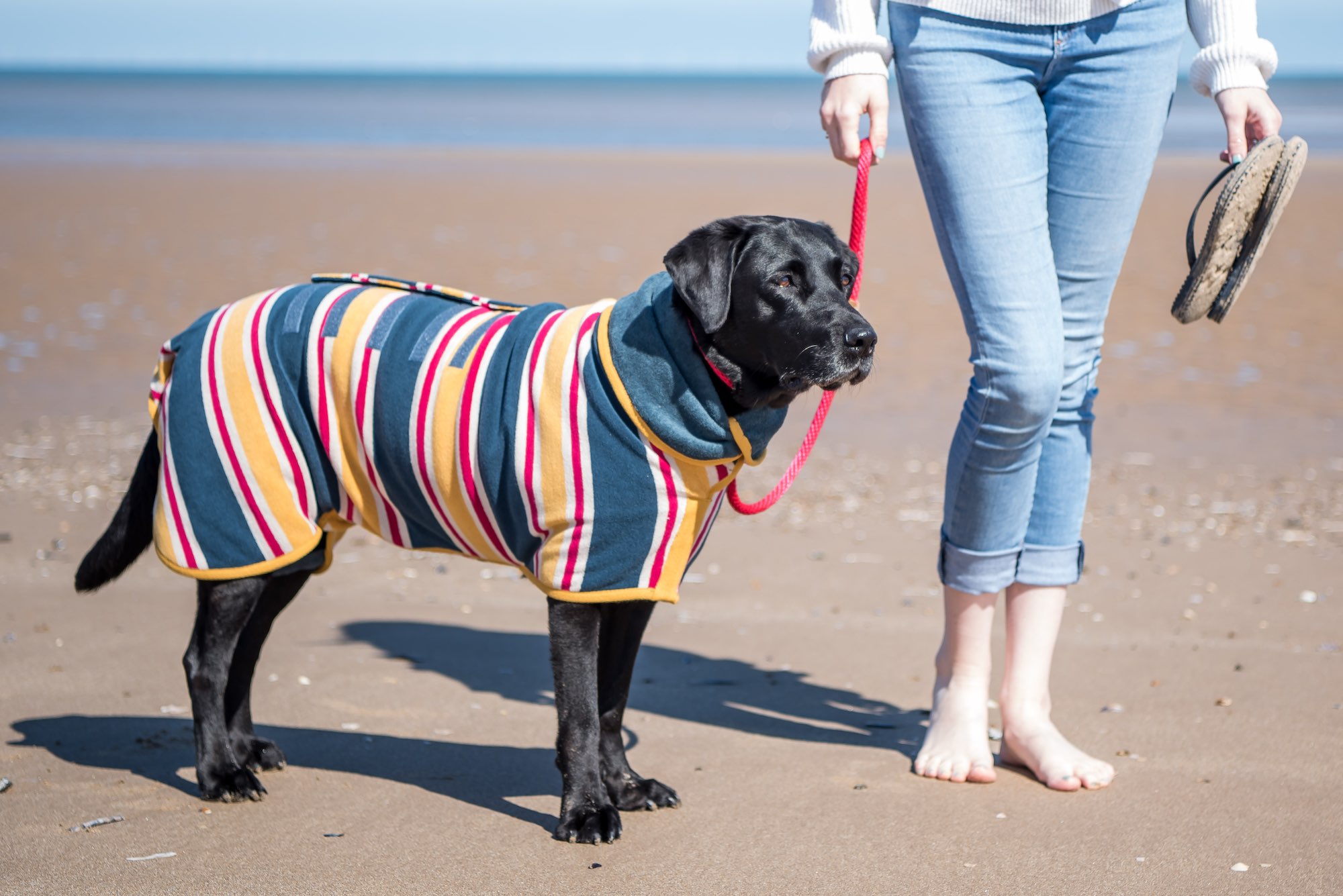Do you feel your pet can tolerate the cold better than humans due to his coat of fur? Many dog owners hold this notion, but it’s a misconception. Like us, dogs (including the fur-coated ones) are accustomed to the warmth that indoor shelters provide.
Cold weather, especially in the winter, can be as hard on these creatures as it’s on us, humans. In the winter, taking daily walks with your furry companion may be more uncomfortable than ever. Such activity may result in your dog developing frostbite and hypothermia (low body temperature).
Hence, as you take steps to stay safe from the bitter cold winds, it’s crucial to consider if your dog also needs some protection from winter’s chill too. Fortunately, with quality coats for dogs, you can ensure your pet stays safe and warm this winter.
Things to Consider before Buying Winter Coats for Dogs
Several dogs can easily stay warm during the winter. But others find it hard to do so. Here are some examples of dogs that need a winter coat:
- Dogs whose immune system is weak
- Tiny dogs or short-haired dogs
- Dog breeds used to warm climates
- Skinny dogs that don’t have enough fat to make them stay warm
- Young pups and older dogs
You may not need to get coats for dogs in the winter if your pet handles cold well or has thick fur. But they can help warming-up dogs, who need a coat, stay a bit healthier.
When determining whether to dress up your dog or not, take wind chill into account. If your pet could get wet, a dog raincoat might be your best bet.
Also, consider how sunny it’s before you take him for a walk outside. If you feel the pet is getting too warm, you can always take off his coat. Additionally, during dog walks, if you’ll be going to an area with frightening activities, such as fireworks, thunder, and the likes, it’s best to choose thundershirts for dogs.
A thundershirt applies gentle and constant pressure, which produces a dramatic calming effect that eases any fear, anxiety, and over-excitement your pet might have.
Other essential factors to consider before buying coats for dogs include your dog’s health status, age, and acclimation to cold temperatures.
Dog Breeds That Benefit from Winter Coats
Smaller dogs — such as Chihuahuas, Miniature Pinschers, and toy terriers — generally benefit from coats at higher temperatures than bigger dogs. Due to their small body sizes, such dogs have relatively more surface area, which they lose heat through, compared with big dogs.
Since body fat helps retain heat, a thin dog, such as a Greyhound or Whippet, will usually appreciate a winter coat more than an overweight breed. Dogs that get cold quite quickly due to extremely thin fur will also often need a coat.
However, large dogs with thick or lengthy hair with their thick double coats seldom need a winter coat. The coat’s weight on such a dog can affect his fur’s natural insulating properties.
Also, dark fur, like any other black object, absorbs more heat from the sun than light fur. The dog breeds below rarely need to wear a winter coat due to their size and dense or long fur:
- Huskies
- Newfoundlands
- Chow Chows
- Pomeranians
- Komondors
- Havanese
- Bernese Mountain Dog
- Bearded Collie
- The Great Pyrenees
Tips on Buying Dog’s Winter Outerwear
If you’re sure your dog will require additional clothing in the winter months, the next thing is to consider how to dress them. A dog sweater could be all your pet needs to stay warm, depending on your area’s weather and his coat’s thickness.
But if elements like freezing temperatures, cold rain, snow, or hail show up in the weather forecast, you may need to use a winter jacket for him.
Ensure that you go for outerwear that adequately suits your dog’s size. Also, it needs to fit snug around the pet. This way, it can trap their body heat.
However, make sure it’s not tight to wear since that will cut off or disrupt circulation or mobility.
When going on dog walks in the winter, pay attention to your dog’s paws. Even though a jacket can help keep their body warm, their paws also need protection. If they’re left unattended, the paws can get wet and cold.
Your pet might also step on salt applied on the roads for melting ice. If the dog is the type that licks the paws clean after a winter walk, this habit could be harmful.
If you buy booties for your furry companion, we recommend choosing options with good traction. That way, your pup won’t slip on wet grass or sidewalks. Don’t forget to check how the boots fit. Nearly all dog booties feature a strap or Velcro for tightening the boots around the paws.
Handling Dogs with Special Considerations
Dogs with special needs include pups, seniors, or a dog experiencing a condition affected by the weather, like heart disease or arthritis. You could use an additional layer of warmth in these situations, such as winter coats for dogs.
You can utilize a step-in option that serves as both a harness and warm coat, with a zip in the back if you can’t get your achy pet’s legs through arm holes quickly. Also, small dogs low to the ground (including any snow) will benefit from a coat providing some belly protection.
Bear in mind that cold weather can be harder on older dogs, especially as the drop in temperature can make stiff joints get worse with arthritis. Hence, it’s crucial to keep a healthy exercise regime during the winter months without doing it excessively.
If the weather forecast includes cold rain, you may need to avoid outdoor exercises with your older pet. (Even a dog raincoat might not be able to protect them adequately under the rain.)
Coats for dogs come in various styles and feature different designs. Using the tips outlined above, you’ll be able to determine if your dog needs an added layer of protection in the winter.











